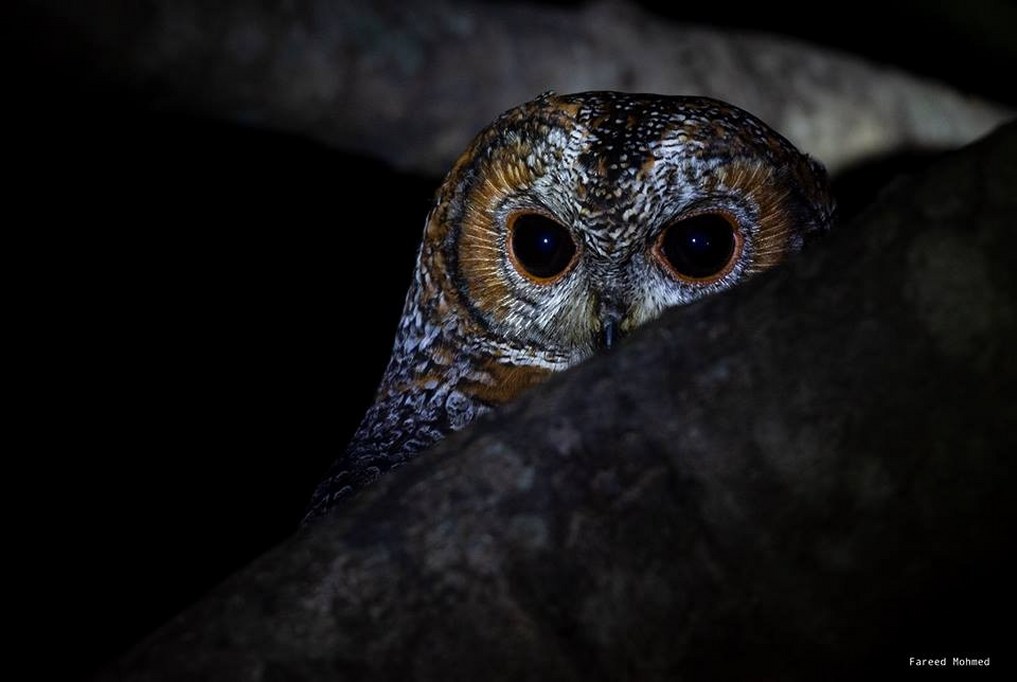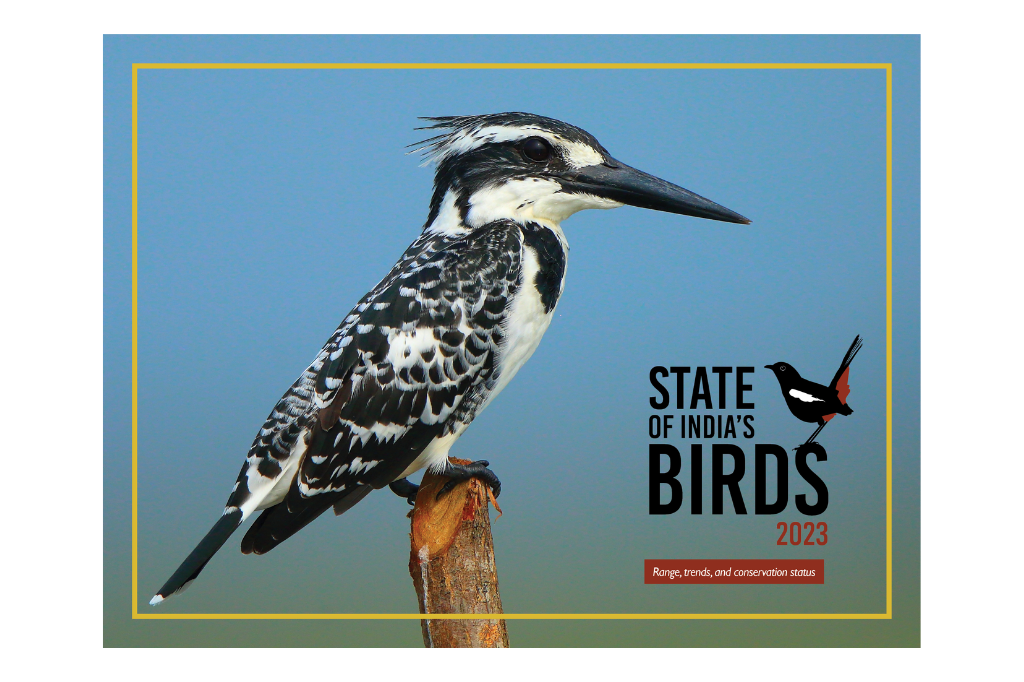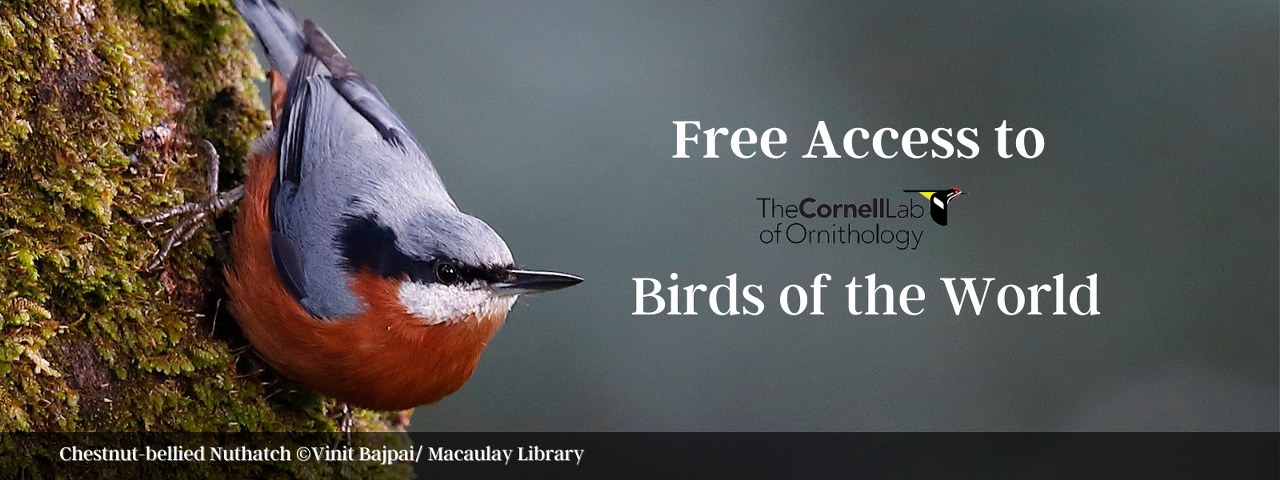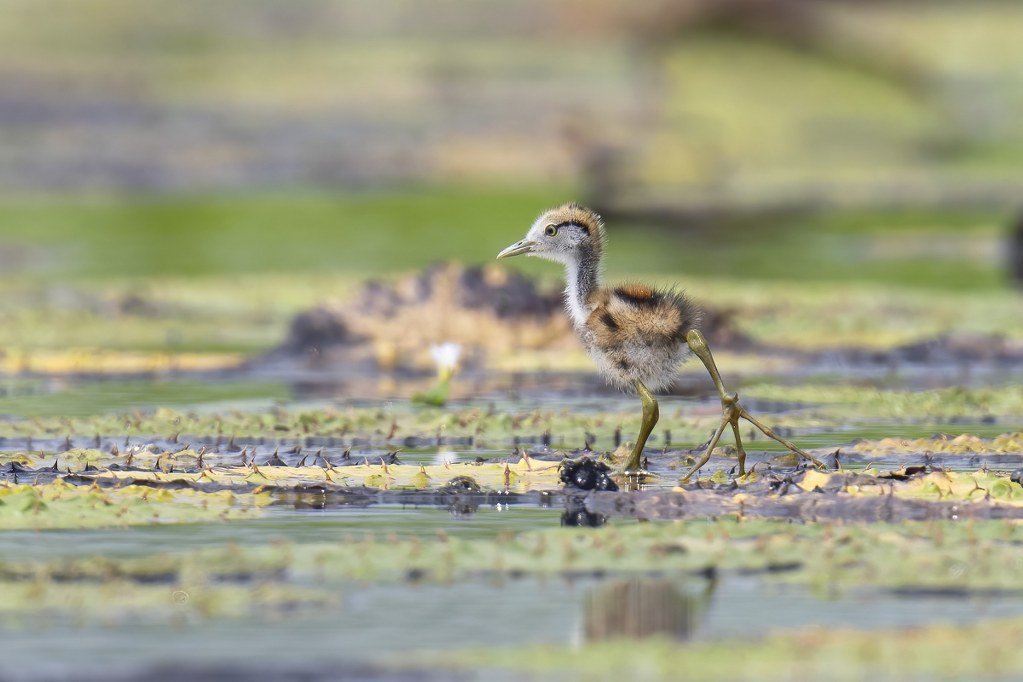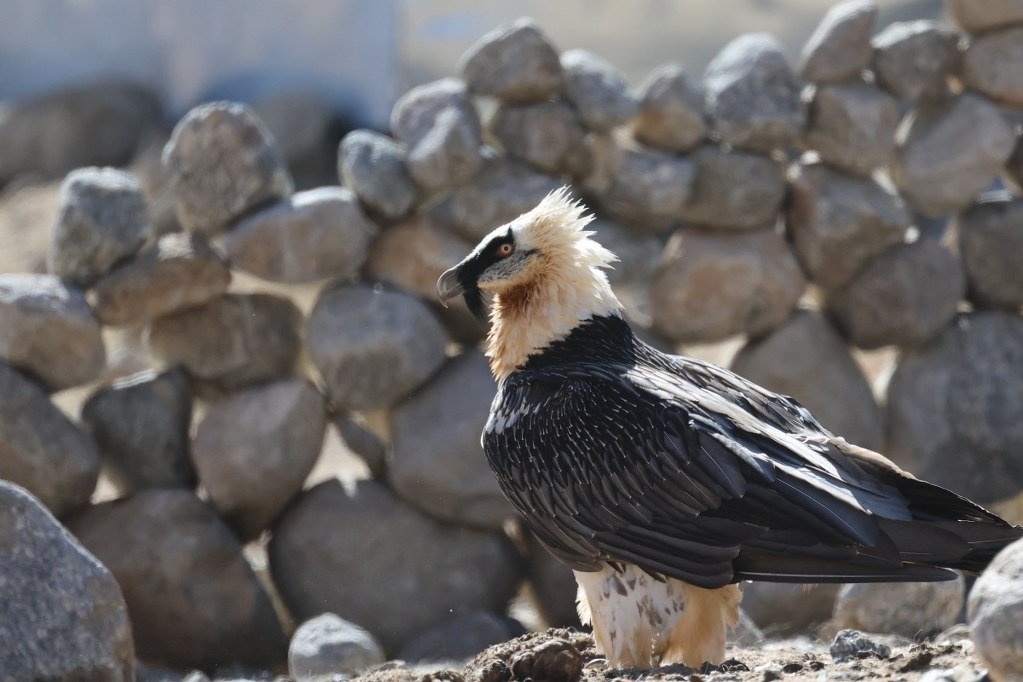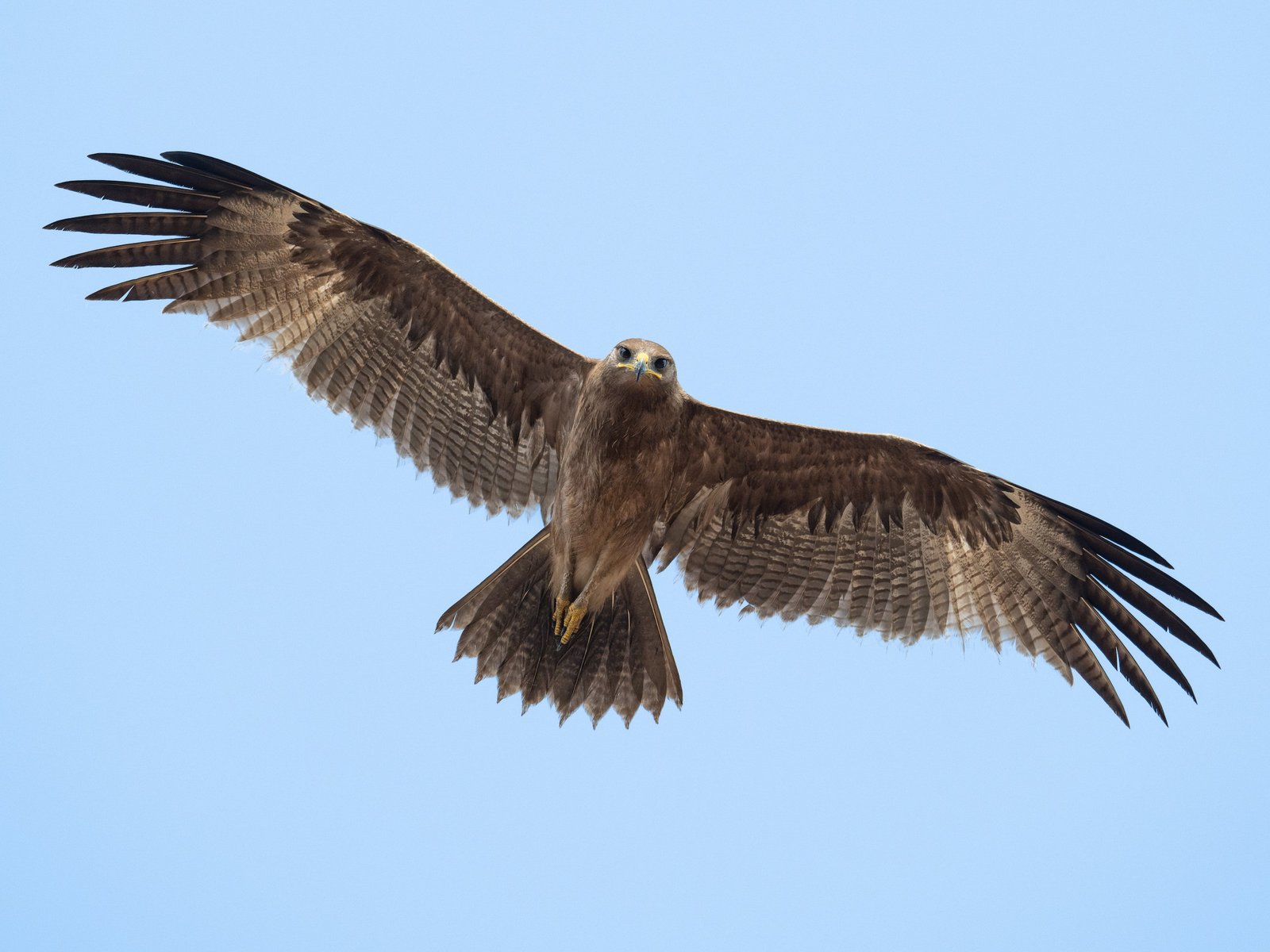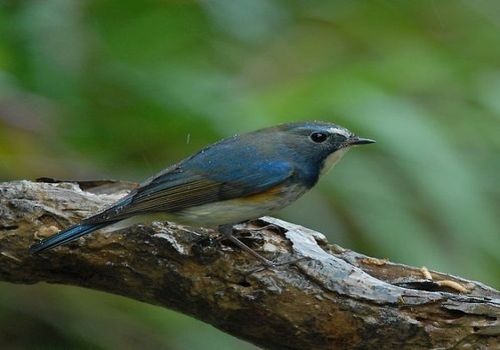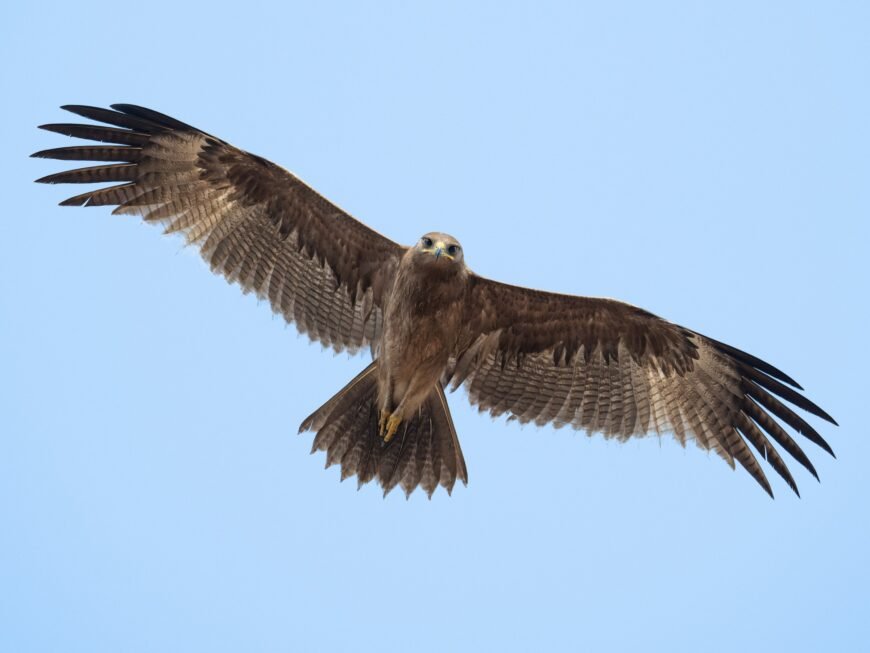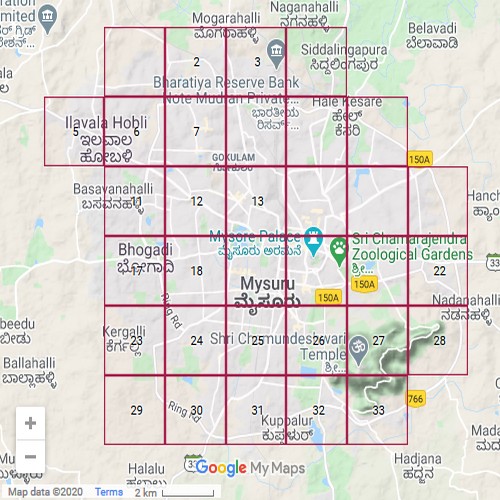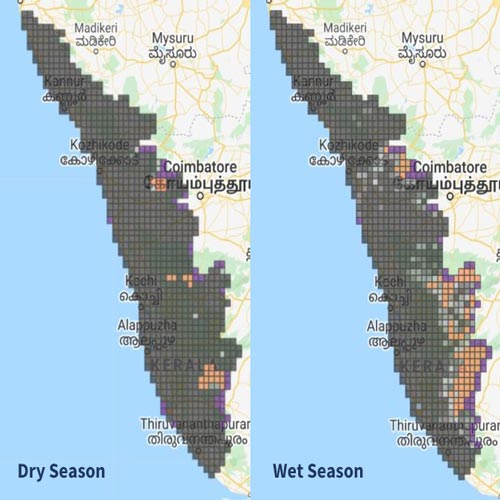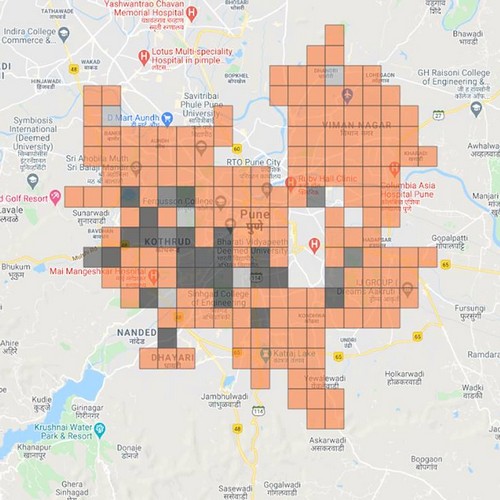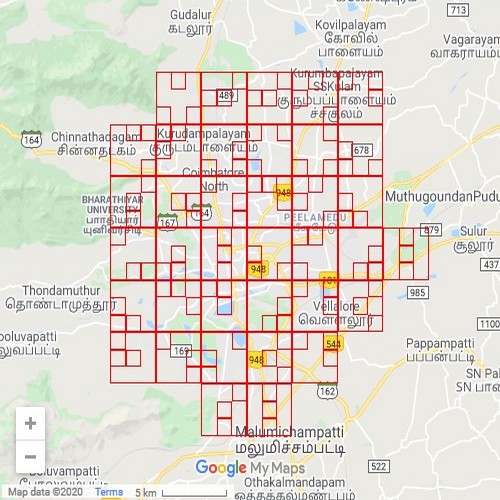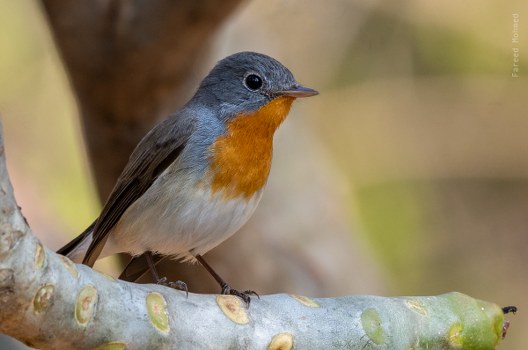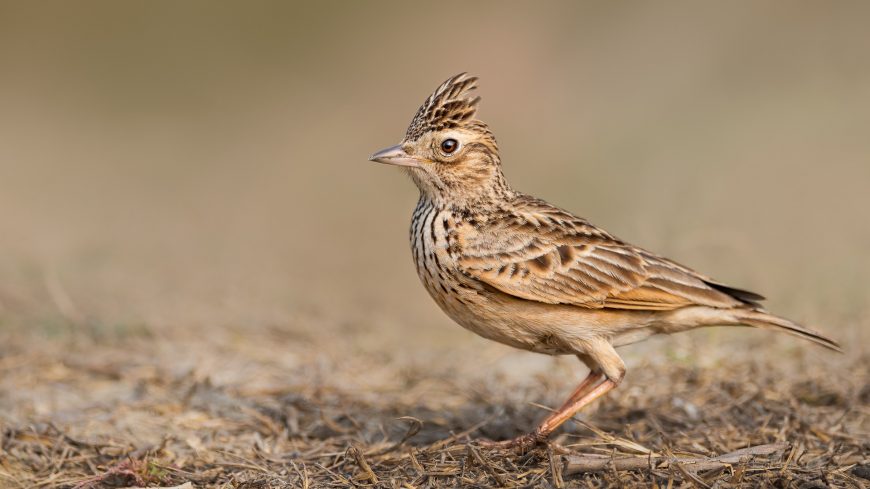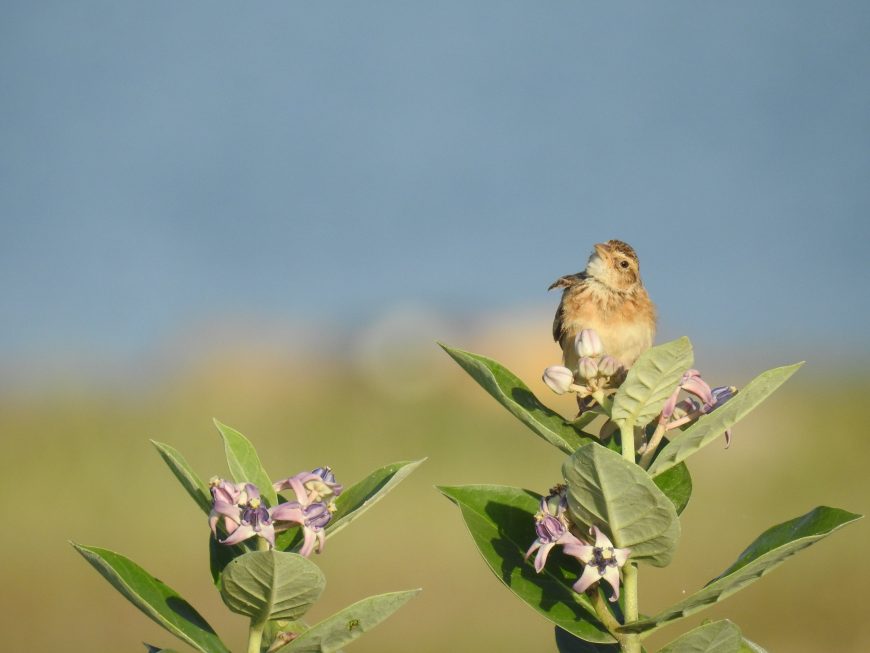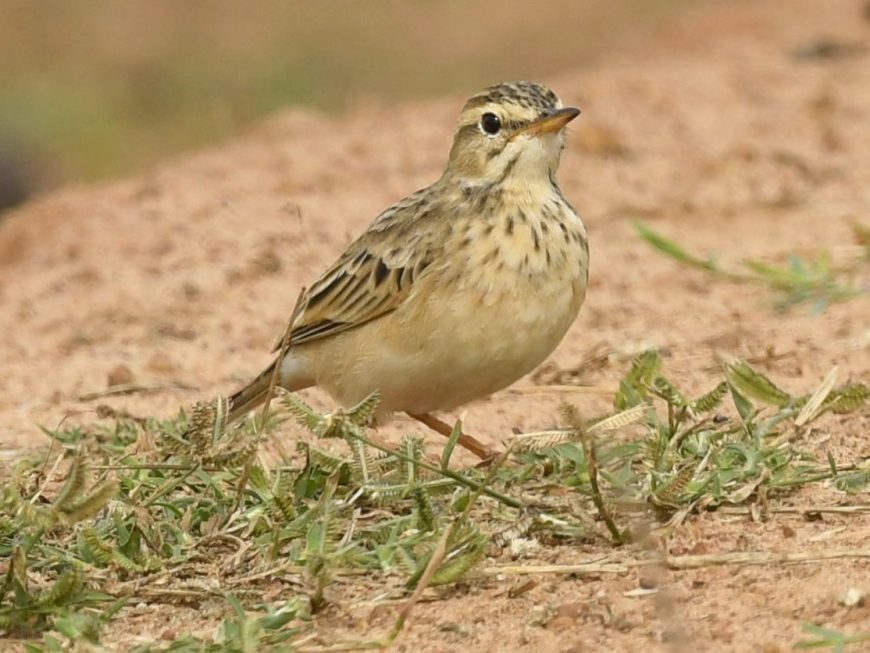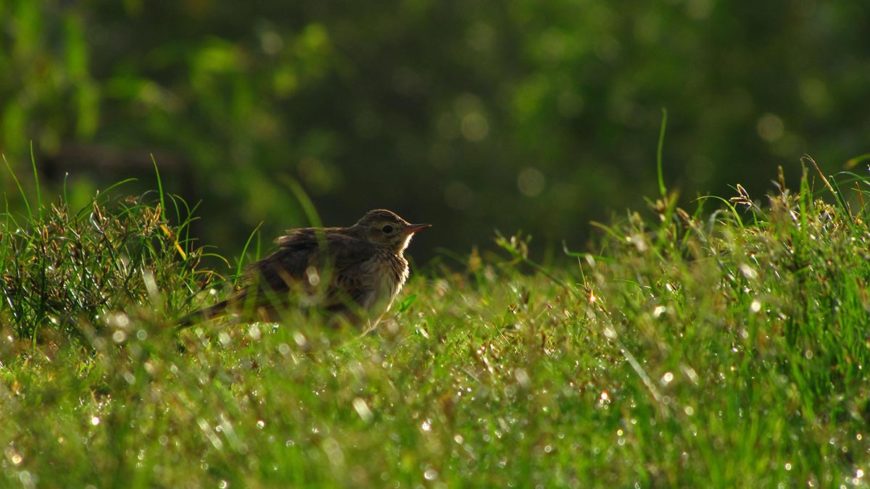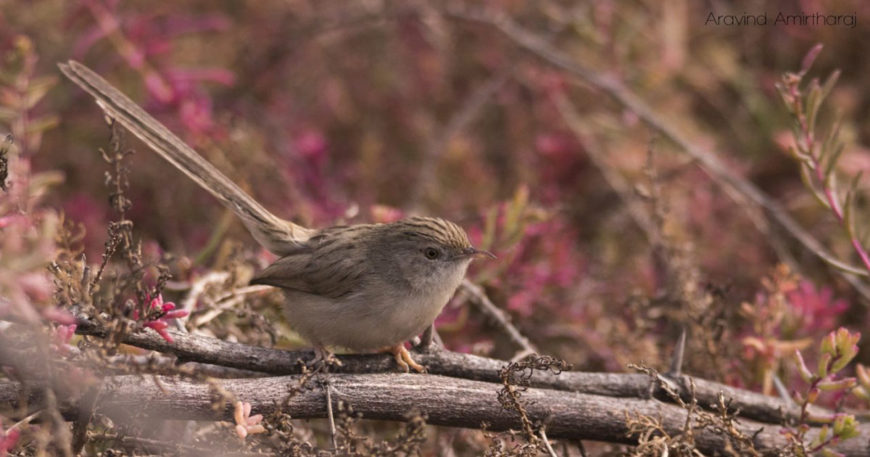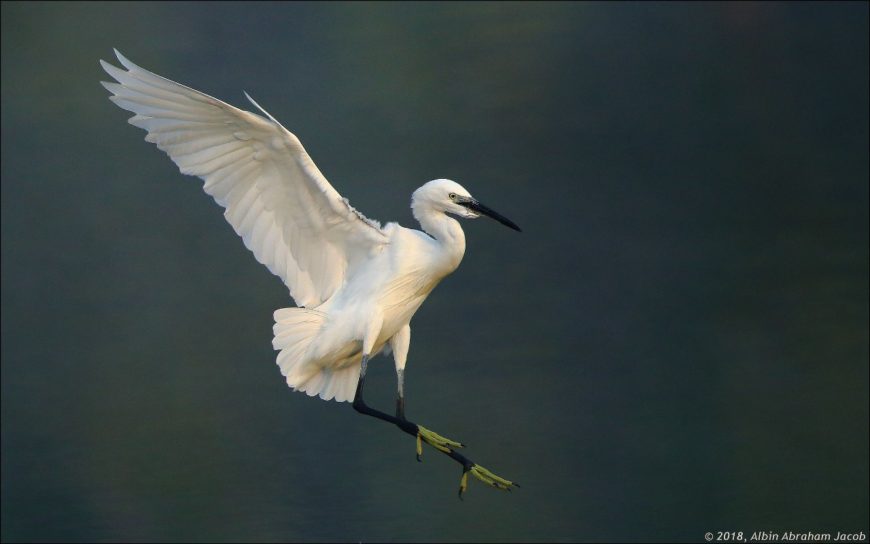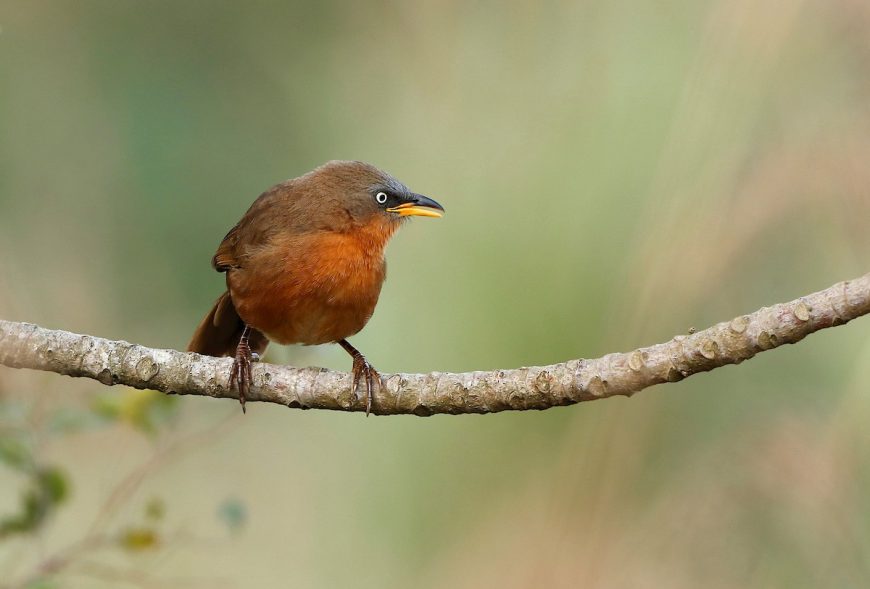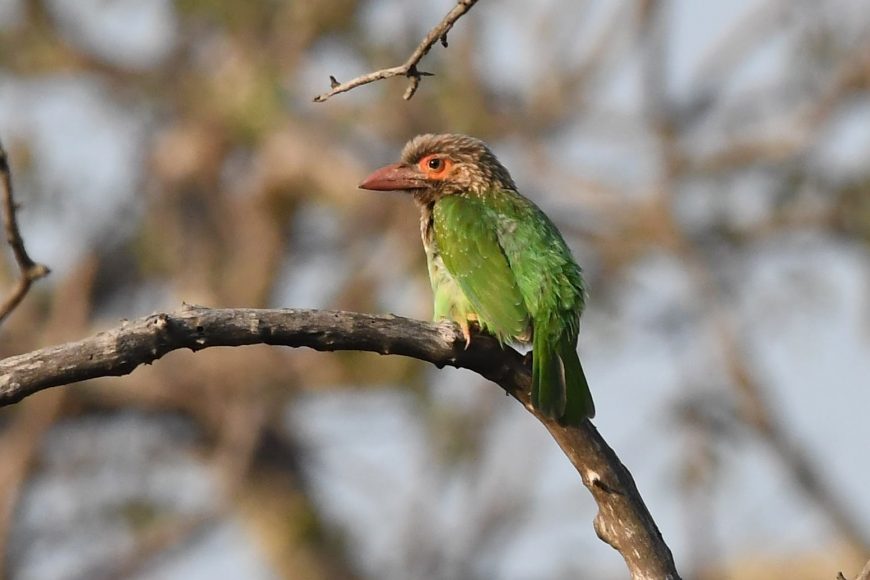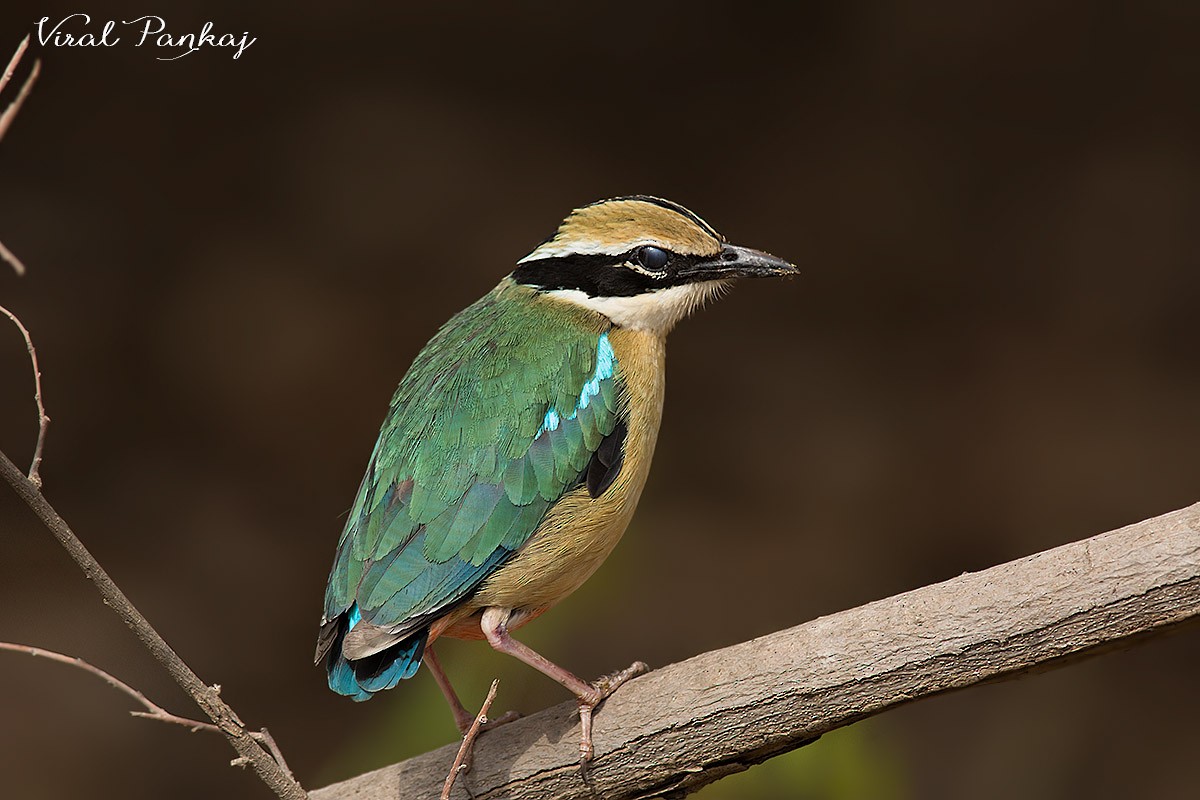Bird Atlases
A bird atlas is a citizen science project intended to map the distribution and abundance of a region’s birds. In an atlas project, the region of interest is typically divided into cells that are often subdivided into smaller cells, a design that can ensure uniform sampling in space by volunteer birdwatchers.
ID Articles
A series of articles to help with the identification of difficult birds.
Identifying dark Aquila and Clanga eagles in peninsular India
Identifying large, dark eagles in India can be a real challenge! This article talks about two commonly encountered groups: Clanga and Aquila. With intuitive tips and images, it aims to make raptor identification a little easier for birders.
Identifying Red-breasted, Taiga and Kashmir Flycatcher
By Tarun Menon and Ashwin Viswanathan This article is available in Hindi, Kannada, and Marathi Red-breasted, Taiga and Kashmir Flycatcher are three very similar looking flycatchers belonging to the Ficedula genus. Initially, all three were considered to be...
Identifying Waders: Part 2
This article focusses on the two species of a group of very small shorebirds known as Stints (Calidris sp) - the Little Stint and the Temminck's Stint.
Bushlarks, Skylarks, & Crested Larks
Related resources Is that a Pipit or a Lark? Identifying Indian and Singing Bushlarks Larks of Telangana (PDF) By Ramit Singal Hopefully, you've had some practice in telling apart larks from pipits. In this article, we'll try and give some tips to tell between 3...
Identifying Indian and Singing Bushlarks: White on the tail is not diagnostic!
Related resources Is that a Pipit or a Lark? Bushlarks, Skylarks, & Crested Larks Larks of Telangana (PDF) By Ashwin Viswanathan Indian Bushlark and Singing Bushlark are very similar species that share many morphological features. Identification can be a real...
Identifying Red-breasted, Taiga and Kashmir Flycatcher-Marathi
माशीमार कसे ओळखावे: लाल छातीचा माशीमार (Red-breasted Flycatcher), लाल-कंठाचा माशीमार (Taiga Flycatcher) आणि काश्मिरी माशीमार (Kashmir Flycatcher) इंग्रजीत प्रकाशीत झालेल्या मूळ लेखाचा हा मराठी अनुवाद आहे. लेखक : तरुण मेनन आणि अश्विन विश्वनाथन, अनुवादक : स्वरूप...
Identifying Waders: Part 1
In the first part of the series related to identifying waders, we try and tackle an often misidentified group consisting of the Tringa sandpipers.
Is that a Pipit or a Lark?
Related resources Bushlarks, Skylarks, & Crested Larks Identifying Indian and Singing Bushlarks Larks of Telangana (PDF) By Ramit Singal Few birds are as confusing to the beginning birder as Pipits and Larks. The first step towards identifying the species...
Identifying Red-breasted, Taiga and Kashmir Flycatcher-Kannada
लाल-छातीचा, लाल-कंठाचा आणि काश्मिरी माशीमार पक्ष्यांची ओळख कशी करावी? फिसेडूला गटातील या सारख्या दिसणाऱ्या प्रजातींमधील महत्त्वाचे फरक जाणून घ्या.
From our partners
Latest news and updates from our many partner groups

